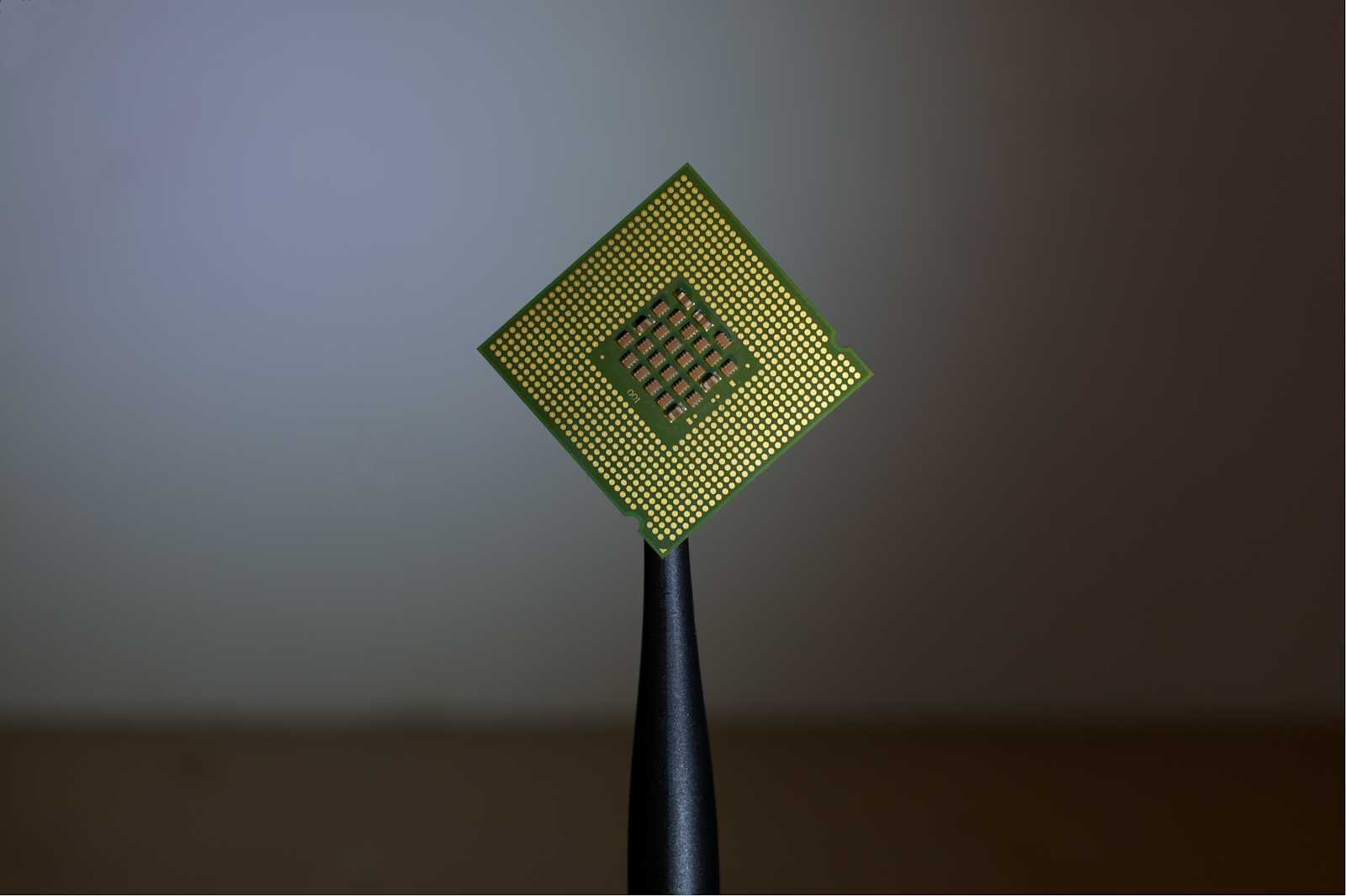Completing the Introduction to RISC-V course

Last week, I mentioned the edX course LFD110x: Introduction to RISC-V, highlighting its potential for anyone interested in learning about RISC-V architecture as a new session was starting.
After going through the course, I noticed that its content closely resembles what's covered in the RISC-V Foundational Associate (RVFA) course. This similarity isn't necessarily a downside, as the material is thorough and well-presented, fitting for both courses. That said, if you're familiar with the RVFA course, you might not find a lot of new information here.
Where the edX course does stand out is in its practical components, especially the segments on RISC-V assembly. The assignments in this area are particularly well-constructed, offering a bit more guidance and detail, which I found helpful and interesting.
My prior knowledge of RISC-V and my keen interest in the topic definitely played a role in how quickly I was able to move through the course. I believe that others with a technical background and the willingness to dedicate some time could also complete it relatively quickly, possibly within a week.
I found value in the course, as it helped fill in some gaps in my understanding of RISC-V. I'd suggest it to anyone with an interest in the subject, as it provides a comprehensive overview in a single place. I chose to get the verified certificate to support edX and to encourage others about the course. If you're curious about what the certificate looks like, feel free to take a look at mine here.

Peter Membrey is a Chartered Fellow of the British Computer Society, a Chartered IT Professional and a Chartered Engineer. He has a doctorate in engineering and a masters degree in IT specialising in Information Security. He's co-authored over a dozen books and a number of research papers on a variety of topics. These days he is focusing his efforts on creating a more private Internet, raising awareness of STEM and helping people to reach their potential in the field.